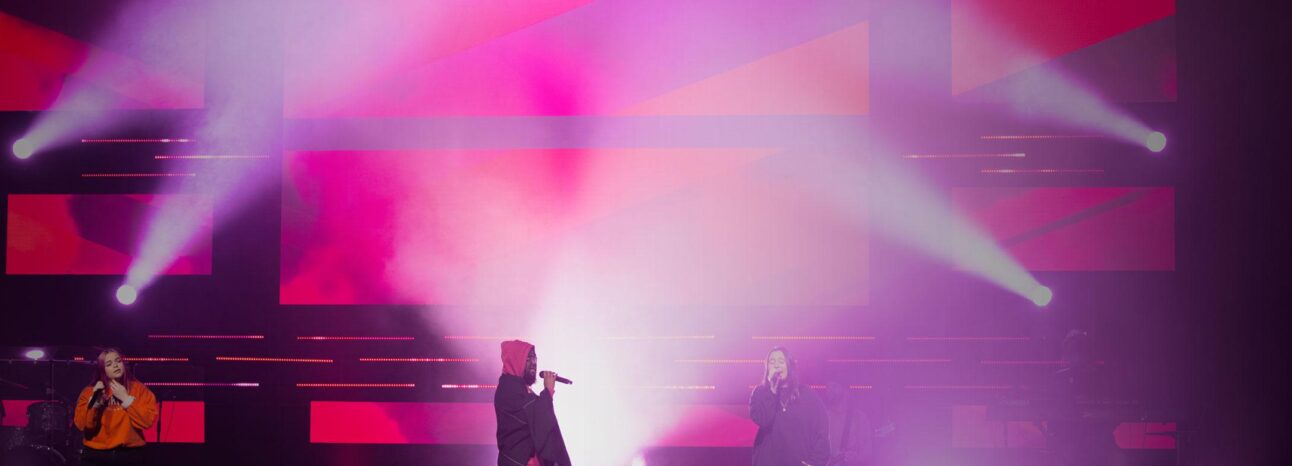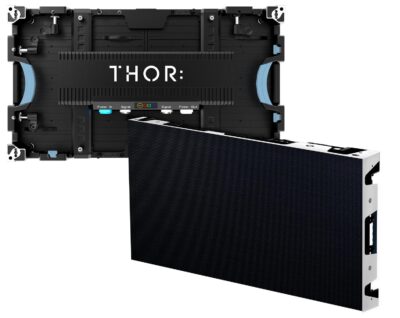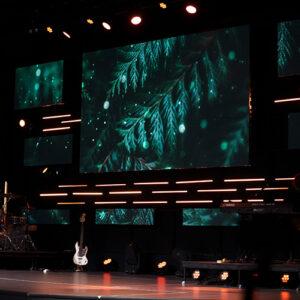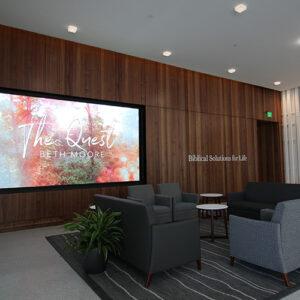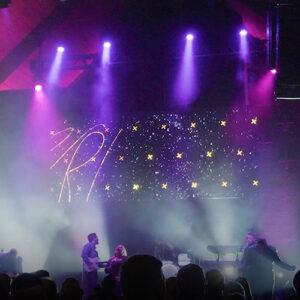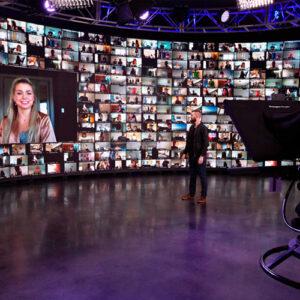| What type of LED panel is best for my venue? |
LED panel selection is based more on the application than the physical venue. The physical venue determines more of the size and where you could install the LED display. View “Why does the distance between pixels matter?” to see more on choosing the right display. |
| Why does the distance between pixels matter? |
The closer the pixels are to each other, the closer your viewers can be to the display. Other reasons may include the integration of cameras, the visual perceptions of the audience, and other factors. Talk to your AVL integrator to make a more informed selection. |
| What is a module? |
Each panel has several modules. A module consists of pixels, a mask to increase contrast and black levels, and the circuitry to connect to the hub board. |
| Low vs. high brightness performance? |
When the LED wall brightness control is turned down, the image is to stay intact. The lower the brightness the less dynamic range you are allowing the panels to perform in. Resulting in the compression of the image. THOR is determined to provide the highest quality displays that excel in low brightness performance. |
| What’s a nit? |
Nits are a measurement of light emitted from a source. |
| Why does the IC driver matter so much? |
One of the goals of a video display is to provide a fluid and seamless image that removes “distraction” and creates a life-like experience. The IC driver (integrated circuit) has significant influence on this equation for engaging your audience. |
| What is the purpose of the mask on a module? |
The mask on the module helps establish black levels throughout, creating more pronounced contrast. It also protects the pixels and decreases the failure rate. |
| Why is structural engineering important when considering an LED wall? |
Safety for your audience is paramount and is an essential standard in the construction process. Work with your AVL integrator to set up an appointment with a structural engineer to determine what your structural rigidity and capabilities are for your venue. |
| What processor do I need? |
This is directly related to your current gear, video settings, the amount of panels, and the degree of color correction that may be needed when mixing batches of LEDs. Connect with your dealer to discuss further. |
| Why does the IP rating matter? |
The IP rating determines the acceptable level of air particles and moisture content that the product is designed to keep out. |
| Why do certifications matter? |
UL, FCC, ETL, and EMC certifications are standards that are directly connected to safety, RF interference, and manufacturing standards. |
| What is the warranty? |
THOR LED panels have a limited two year warranty. |
| What type of electrical circuits are needed and how many? |
20 amp (110-240v) circuits are required in order to power the panels. Each product line is unique. |
